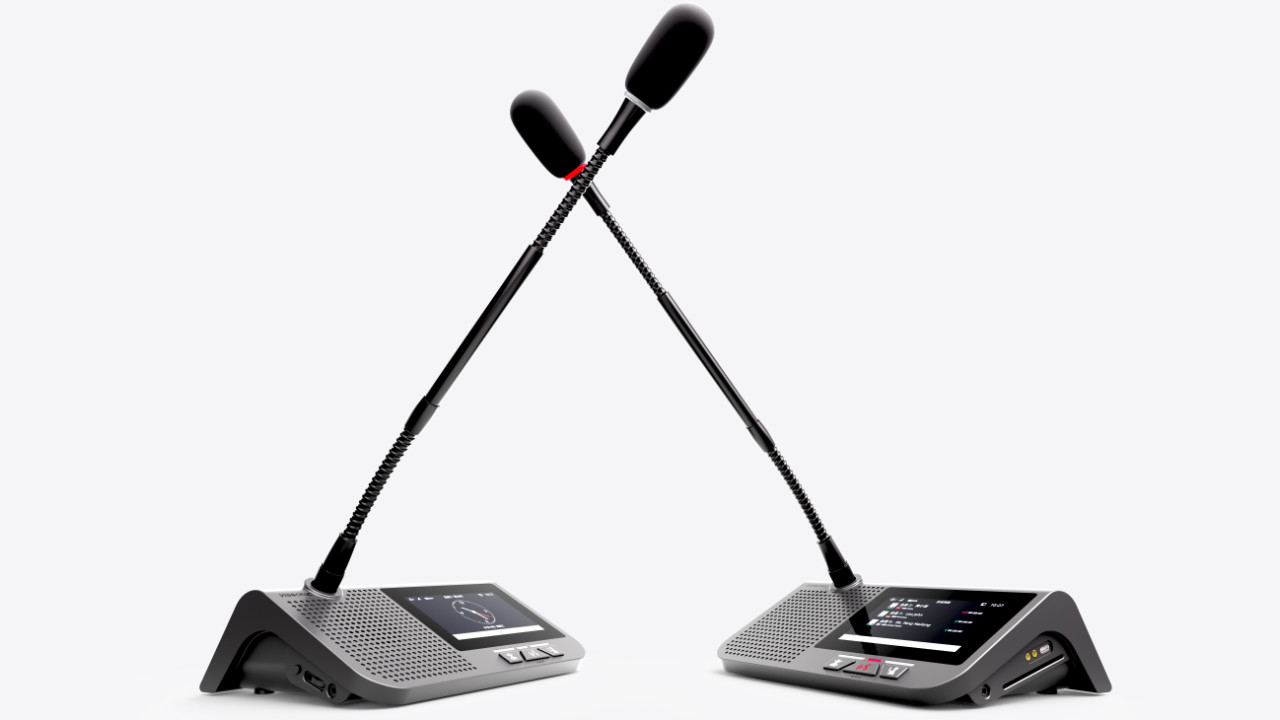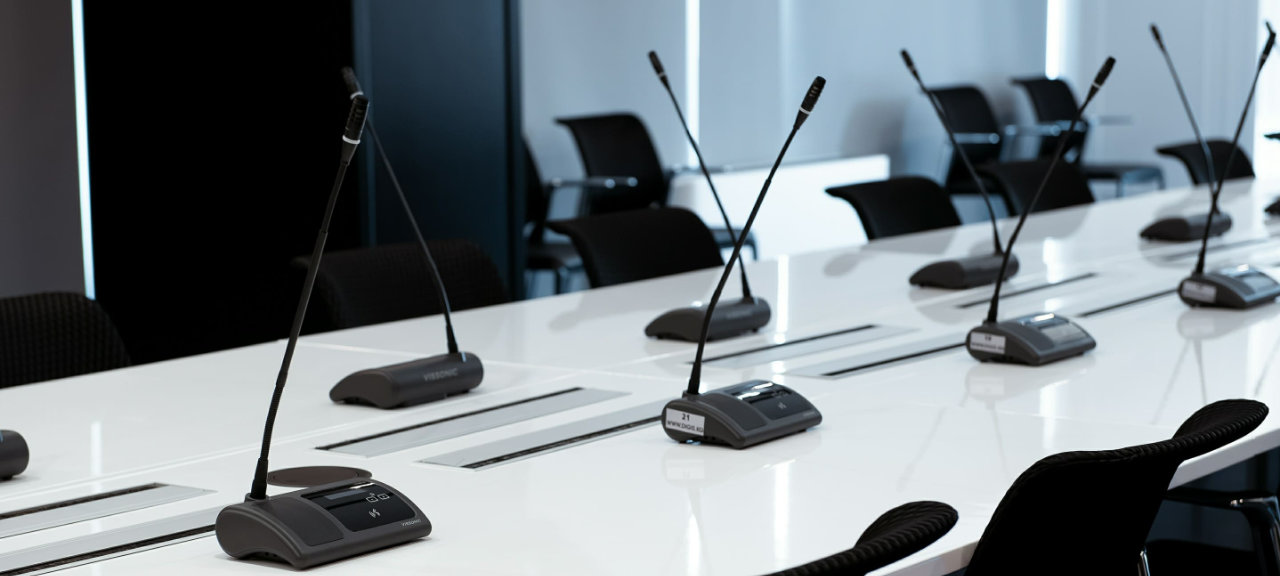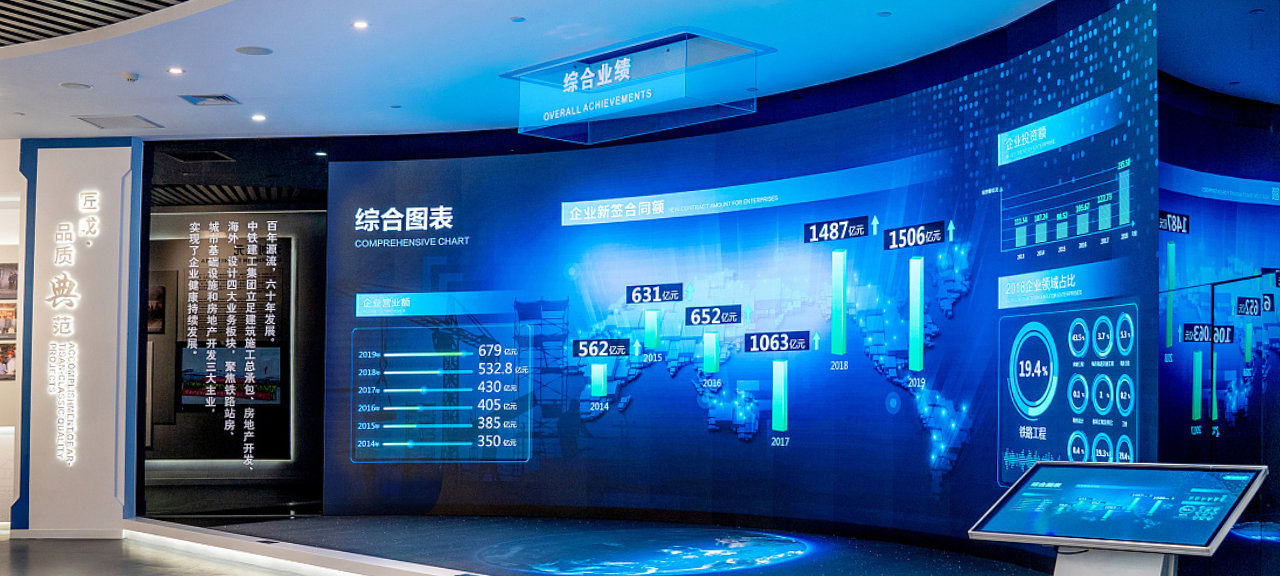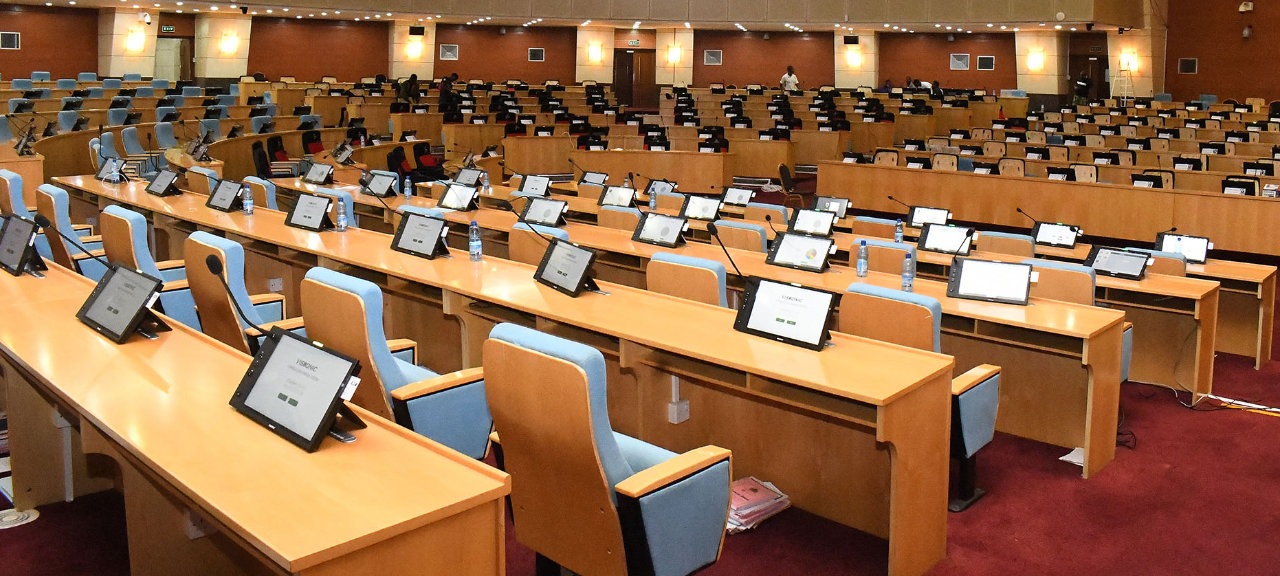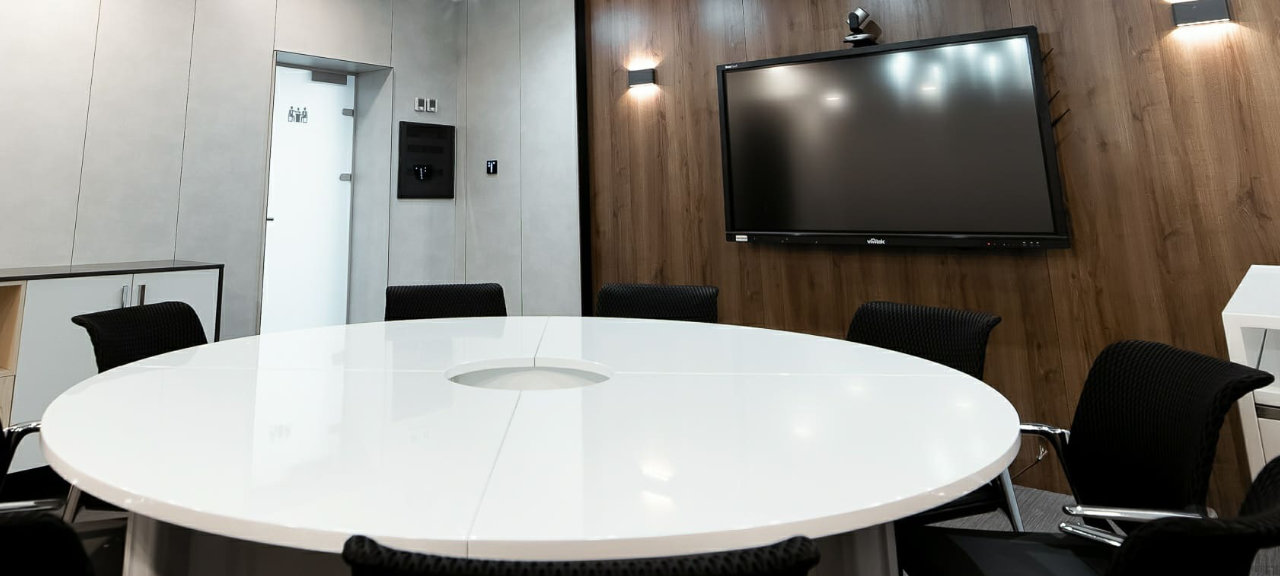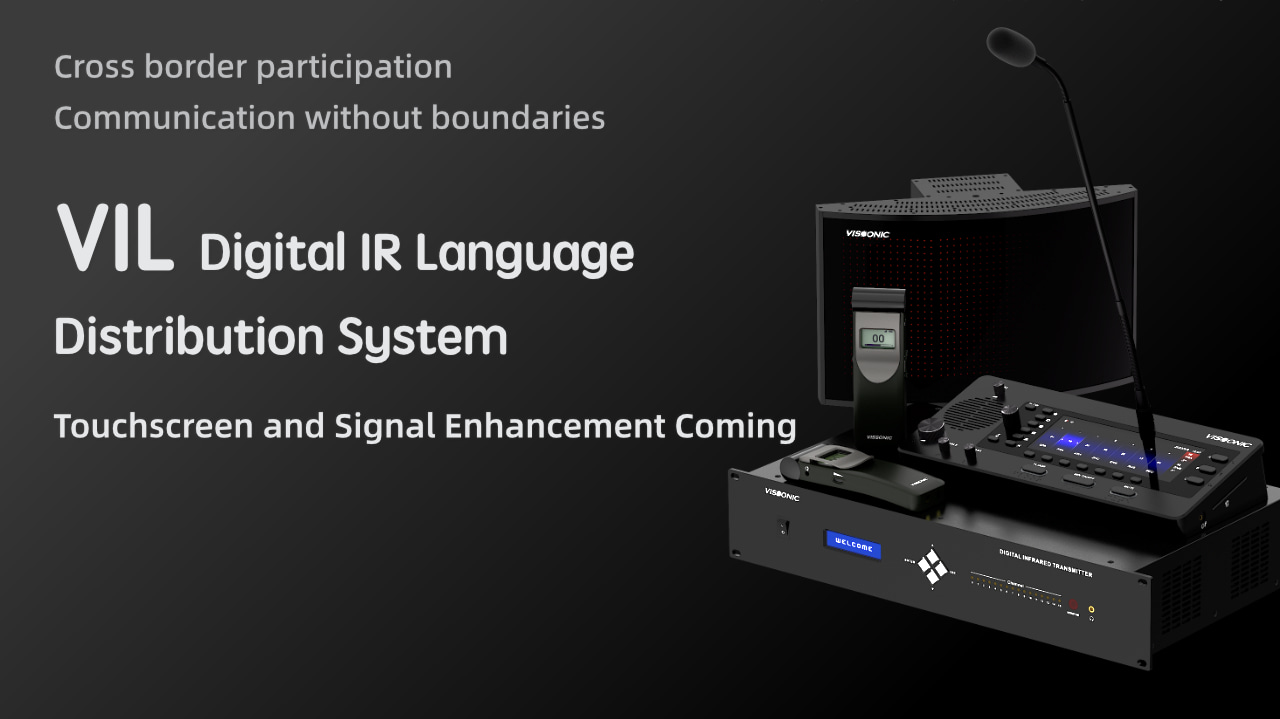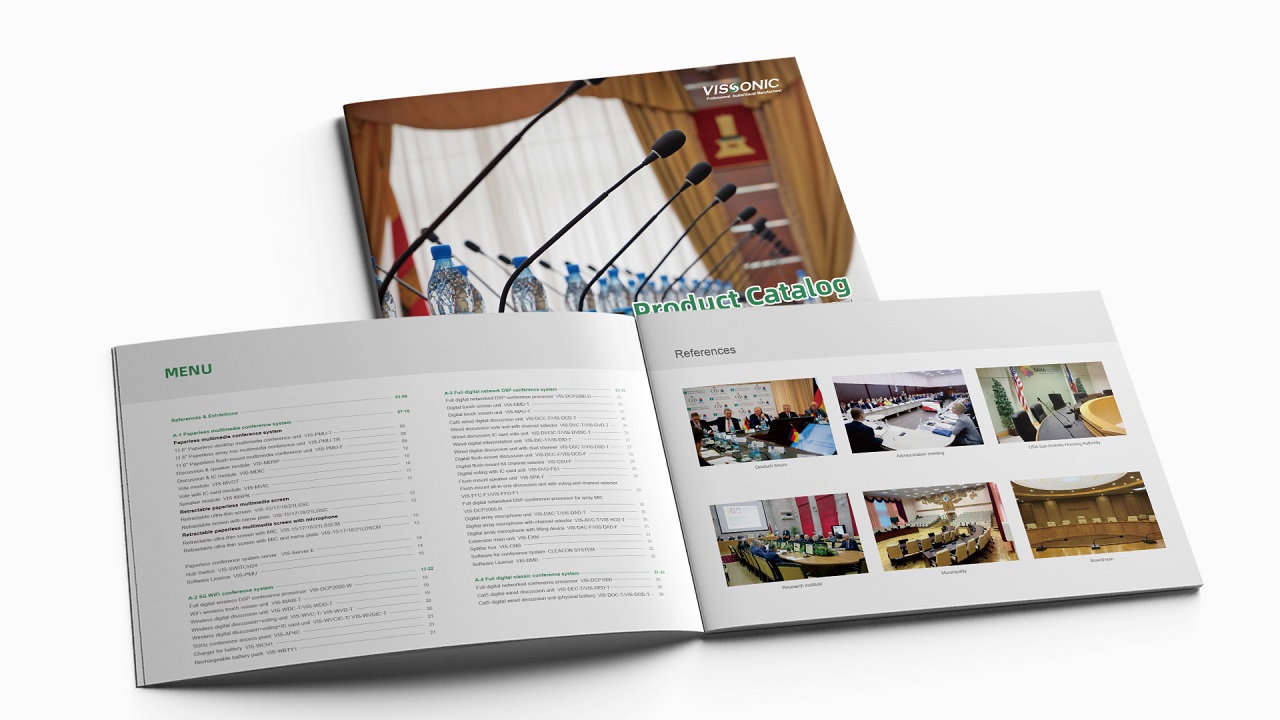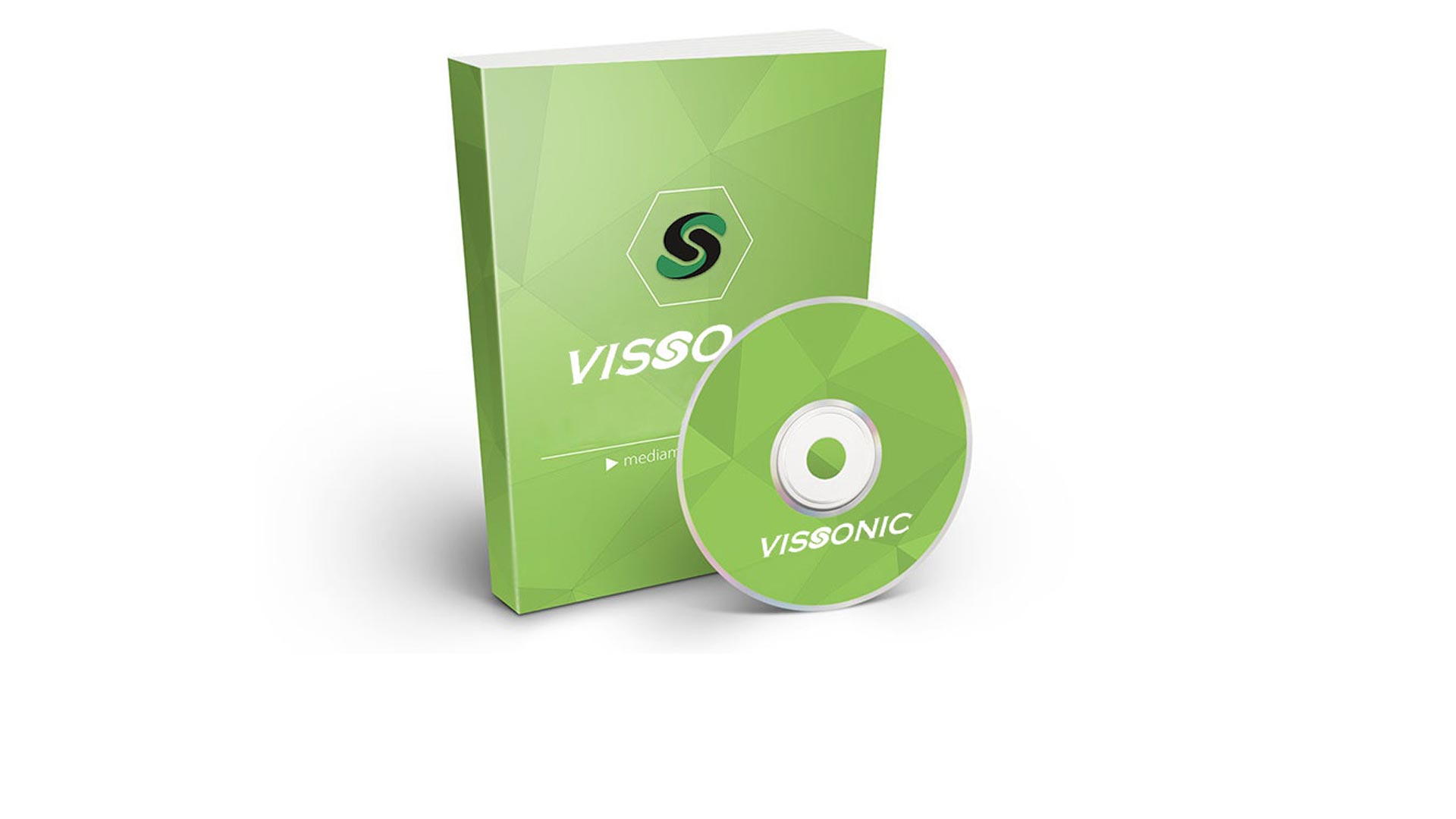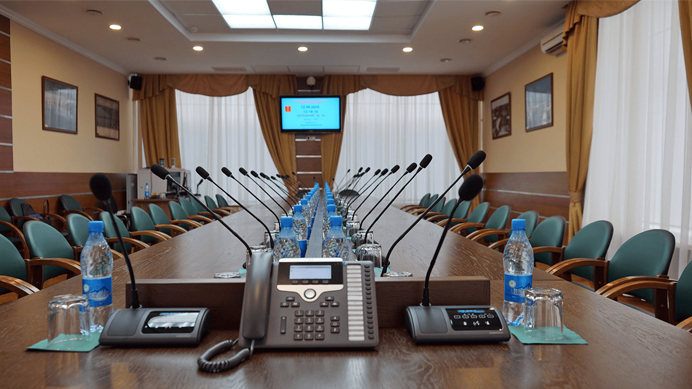How to Ensure the Security of a Video Conference System?
With the increasing reliance on video conferencing for business communication, ensuring the security of these systems has become critical. Unsecured video conference systems can expose sensitive information, making it vital to follow best practices for security. This article will guide you through key methods to secure your video conference system effectively.
Use End-to-End Encryption for Data Protection
One of the most effective ways to secure a video conference system is by enabling end-to-end encryption. This ensures that data transmitted during the call is encrypted from the moment it leaves the sender's device until it reaches the receiver. It protects against unauthorized access by encrypting video, audio, and file-sharing content, which can be vital in preventing data breaches.
End-to-end encryption provides the highest level of confidentiality, as only the participants involved in the meeting can decode the information, making it crucial for sensitive business discussions.
Conference System in the Meeting Room
Implement Strong Authentication Methods
Securing the entry point of a video conference starts with authentication. By requiring multi-factor authentication (MFA), users need to verify their identity using more than one form of identification, such as passwords, biometrics, or codes sent to mobile devices. This drastically reduces the risk of unauthorized access.
Additionally, it’s essential to ensure that every meeting link is protected by strong passwords. Randomly generated, complex passwords further secure the conference, making it harder for malicious actors to enter meetings uninvited.
Regular Software Updates and Patch Management
Keeping video conference software up-to-date is essential in addressing security vulnerabilities. Software providers frequently release updates to fix known bugs and security loopholes. Not installing these patches may leave your system exposed to hacking attempts.
Regularly check for updates, and enable automatic updates if possible. This will help ensure that your system remains protected from the latest threats.
Restrict Access and Control Meeting Settings
Controlling who can access your meetings is another key security measure. This involves restricting meetings to invited participants only and disabling the ability for participants to join before the host. By keeping control of the meeting settings, you can prevent unwanted attendees from accessing sensitive information.
Additionally, hosts should be vigilant about managing meeting permissions. For example, limiting screen-sharing capabilities, muting participants, or removing attendees when necessary can help ensure a more secure environment.
Utilize a Secure Network and Firewall
Using a secure network is a fundamental aspect of video conference security. A firewall acts as a barrier between your internal network and external threats, blocking unauthorized users from accessing the conference. Ensuring that your video conference is hosted on a private network rather than a public one can help prevent unauthorized monitoring.
Organizations should also consider setting up a Virtual Private Network (VPN) for their video conference systems, which adds an additional layer of encryption and security.
Frequently Asked Questions About Securing Video Conference Systems
Q1: What is end-to-end encryption in video conferencing?
A1: End-to-end encryption ensures that the data transmitted during a video conference is encrypted and can only be accessed by the intended participants. It adds a layer of protection by making sure that even if data is intercepted, it remains unreadable to unauthorized parties.
Q2: How can I prevent unauthorized access to my meetings?
A2: You can prevent unauthorized access by enabling multi-factor authentication, using complex passwords, and limiting meeting links to invited participants only. Additionally, controlling who can join meetings and requiring host approval can also reduce unauthorized access risks.
Q3: How often should I update my video conference software?
A3: You should check for updates regularly and install any available patches immediately. Software providers release updates frequently to fix security vulnerabilities, so staying up-to-date is essential for maintaining security.
Q4: What role does a VPN play in video conference security?
A4: A VPN helps secure your video conference system by encrypting the data traveling between users. It protects against eavesdropping and adds an additional layer of security, especially when accessing video conferences over public networks.
In conclusion, by implementing these security practices, you can ensure a more secure and reliable video conference experience. From encryption and authentication to network security and software updates, each step plays a vital role in safeguarding sensitive information.
If you want to know more about security of a video conference system, just contact VISSONIC. We are happy to advise you and look forward to your order!

